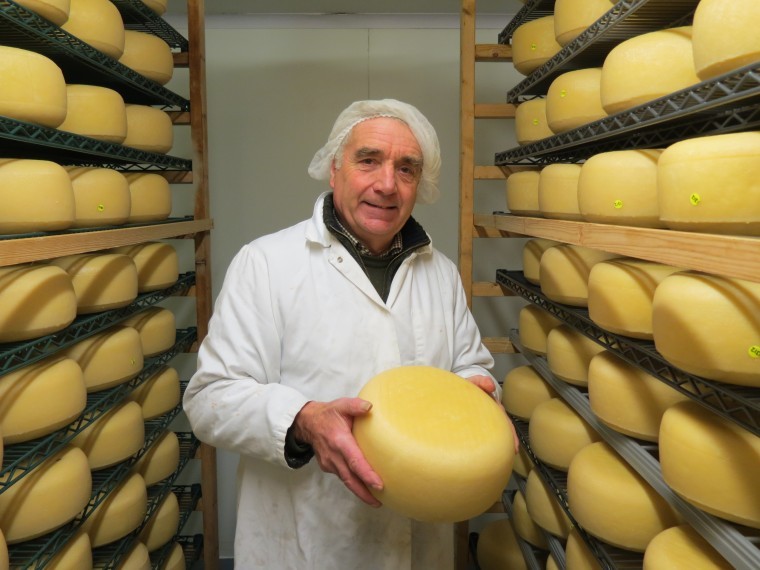Down what must be one of the longest entirely straight roads in the area, Lyburn Farm has come a long way since the Smales family began farming in Hampshire at West Tytherley in 1952 with just three cows.
In 1969, they took on the tenancy of Lyburn Farm on the Hampshire/Wiltshire border which today has a herd of 170 dairy cows. Before all that, Mike Smales’ grandfather was a consulting engineer dealing with water and sewage in London. Going back even further in the family’s history, they were grain traders in Hull, river navigators up the River Amazon in the 1800s trading with Indian tribes. In the small villages of Halsham and Roos north of Hull, many of the gravestones are family members. Like nearly every other family in the country, agriculture is somewhere in the background.
At Little Buckholt Farm in West Tytherley, the herd grew from three cows to 120, and Mike went to Sparsholt agricultural college in 1967/68. When he left there, the family took on Lyburn Farm as well as Little Buckholt, and the cow numbers were increased to 320. “That was in the days of farm and horticulture development grants, when people wanted food,” Mike remembered. “We were able to get a grant to put in a brand new dairy unit for 200 cows which we wouldn’t be able to do today.”
At Little Buckholt – which went when Mike’s father retired – the original cattle were Guernseys followed by British Friesians. For the next 10 to 15 years, Ayrshire heifers were bought in from Scotland. “For a period of time, we crossed them on the British Friesians and then on to Holstein Friesians,” Mike said. “But they were never particularly extreme Holsteins – more middle of the road.” In the last 15 years, the cattle have been bred for fat, protein and kappa casein in a light weight Holstein with a bit of Friesian.
Today, the cows are producing milk at about 4.3 to 4.4% butterfat and 3.2% protein, which is excellent for cheese making. The latest somatic cell count was 94, which is low for the herd.
<a href=”http://www.southeastfarmer.net/assets/flipbook/2017/SEF0217/SEF02Feb17.html#18>Click here to read more stories on this farm visit




